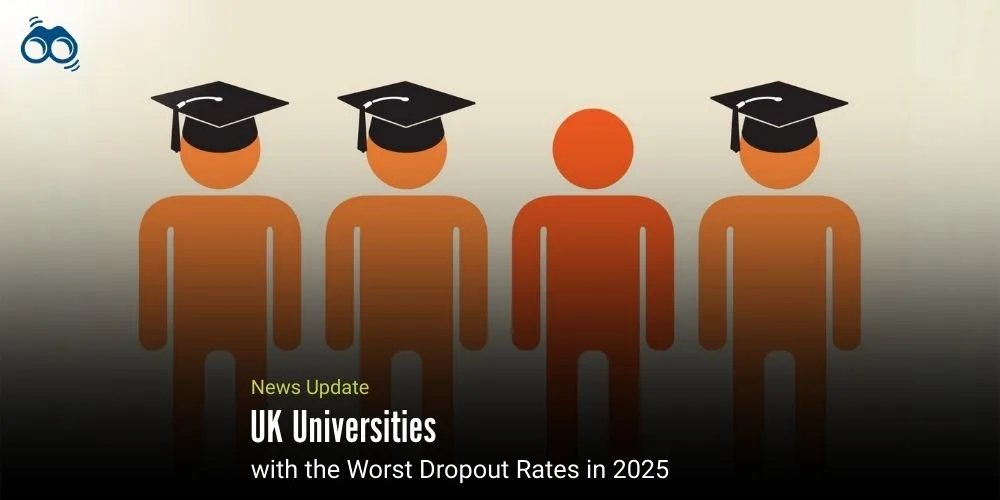University of the West of Scotland Tops National Dropout Table at 22.3%
University of Cambridge Records Lowest Dropout Rate in 2025 Rankings
University life in the UK is frequently portrayed as a transformative journey, offering academic enrichment, personal growth, and a gateway to future employment. However, beneath this aspirational narrative lies a more nuanced reality. Recent reports suggest that nearly every university student in the UK has, at some point, contemplated dropping out, whether due to academic pressures, financial hardship, mental health concerns, or personal circumstances.
While many students ultimately persevere, thousands each year discontinue their studies, and dropout rates vary markedly across institutions. This has prompted renewed scrutiny of the underlying causes of student attrition and the adequacy of support mechanisms aimed at improving retention. According to the 2025 edition of The Complete University Guide, continuation rates, which measure the proportion of first-year students who either progress to the second year, leave with a qualification, or transfer to another institution, differ significantly across the sector. The University of the West of Scotland was reported to have the highest proportion of freshers abandoning their degrees, with 22.3% of first-year students leaving before progressing. The University of Bedfordshire followed closely, recording a dropout rate of 20.4%.
In contrast, the University of Cambridge was reported to have the lowest dropout rate nationally, with only 1.6% of students not continuing to the second year. The Guide’s 2025 figures identified the twenty UK universities with the highest dropout rates, revealing a broad spectrum of institutional outcomes. Towards the lower end of the rankings, Anglia Ruskin University was reported to have a 15.1% dropout rate, followed by Goldsmiths, University of London at 15.2%, and Teesside University at 15.3%. London South Bank University and the University of Wolverhampton each recorded 15.5%, while the University of Northampton stood slightly higher at 15.6%. The University of Buckingham was said to have reached 16.8%, with London Metropolitan University at 17%, and Canterbury Christ Church University at 17.2%. The University of Greater Manchester followed at 17.3%.
Mid-table figures included the University of Suffolk at 17.6%, Buckinghamshire New University and the University for the Creative Arts each at 18.1%, Middlesex University at 18.3%, and Leeds Trinity University at 18.5%. The University of East London was reported at 18.6%, with Coventry University slightly higher at 18.9%. At the upper end of the rankings, Wrexham University recorded a dropout rate of 19.3%, followed by the University of Bedfordshire at 20.4%, and the University of the West of Scotland leading with 22.3%. These figures underscore the persistent disparities in student retention across UK universities, highlighting the need for targeted interventions and sustained institutional support.
Editor’s Note:
The latest continuation data from The Complete University Guide 2025 lays bare a troubling reality: student dropout remains a systemic challenge across UK higher education, with some institutions seeing over one in five first-year students leave prematurely. While the University of Cambridge exemplifies strong retention at just 1.6%, others, such as the University of the West of Scotland (22.3%) and the University of Bedfordshire (20.4%), highlight persistent structural inequalities in student support, academic preparedness, and institutional resourcing.
According to Skoobuzz, these aren't just statistical anomalies; they highlight fundamental problems with access, well-being, and universities' varied ability to keep and support their students. For higher education to truly be an engine of opportunity, systemic changes in student welfare, financial aid, and teaching support must be prioritised across the entire sector.














0 Comments (Please Login To Continue)